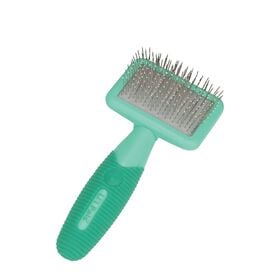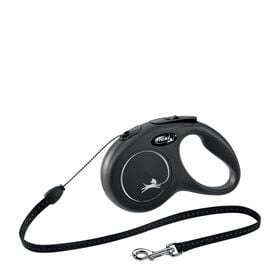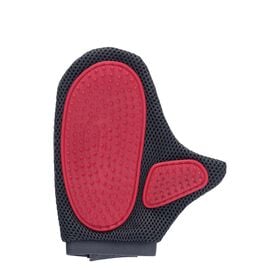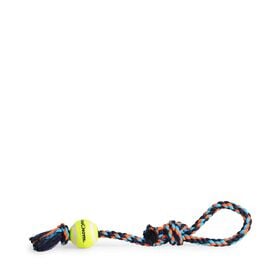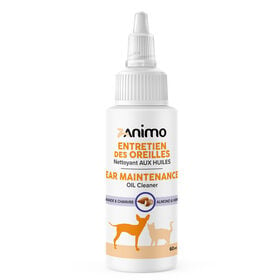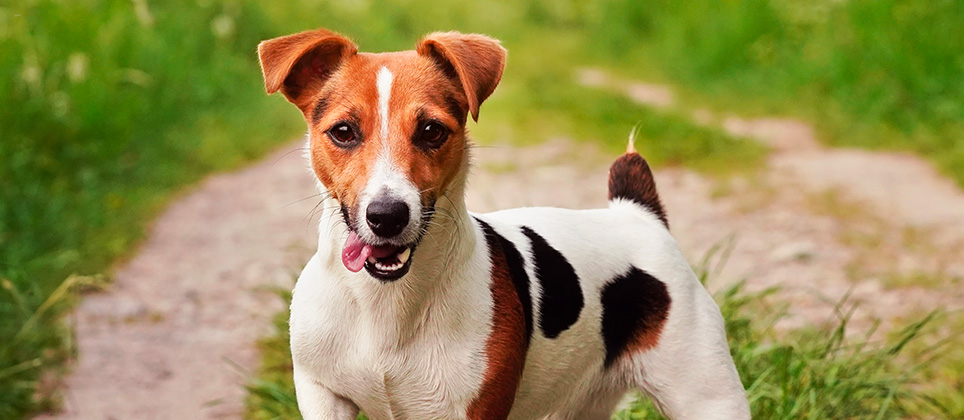
The Jack Russell terrier: 3 breeds to differentiate
Published July 14, 2023.

Jean-Christophe Boulinguez
Canadian Kennel Club Conformation Judge
The Jack Russell terrier, the Parson Russell terrier and the Russell terrier are often mistaken for one another because of their similarities and origins. Small brown and white terriers are also sometimes mistakenly called “Jack Russells” even though they are usually not related to these breeds.
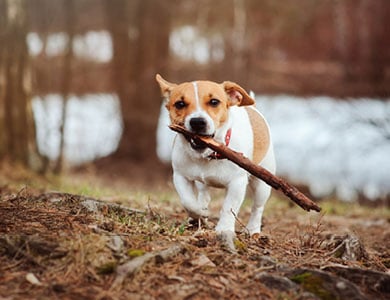
Origins
How did these three different, yet so similar, dog breeds come into being?
From Europe...
The Parson Russell and the Jack Russell were developed independently in England, both as fox hunting dogs, in the early 19th century. The sires used were related to fox terriers that belonged to English Reverend John “Jack” Russell.
John Russell developed a strain of fox terrier to meet his needs: he wanted a dog that could run with foxhounds and go underground to flush out foxes or other animals from their dens. Two varieties evolved with essentially similar standards, aside from differences mainly in size and proportions. The larger of the two breeds, with more square proportions, is currently known by the name Parson Russell terrier (from the Reverend Russell). The other smaller breed, with shorter legs and slightly longer proportions, bears the name Jack Russell.
... to North America
When the breed arrived in North America, various enthusiasts and breeders who were members of the Jack Russell Terrier Club of America did not agree on the name “Jack Russell” during efforts to have the two breeds recognized by the American Kennel Club. The Parson Russell was finally recognized and was able to keep its name, but the original Jack Russell’s name changed to Russell on this side of the ocean.
Over time, the “new American Jack Russell” ended up being considered distinct from the other two breeds. Physically, it looked more like the Parson Russell, especially in terms of size. The major difference was mainly its energy level and its more developed instinct for hunting.
The Jack Russell Terrier Club of America claims that “real” Jack Russells can vary in height ranging from 25 to 37.5 cm (10 to 15 in.) at the withers, that they can differ in terms of hair, markings, characteristics and, of course, personality, but that they are ALL real Jack Russells. According to the club, there is no ideal. The club also believes that the Parson Russell and the Russell are variants of the Jack Russell, and their characteristics meet those described in the Jack Russell Terrier Club of America breed standard.
According to various dog associations worldwide, the Parson Russell and the “original” Jack Russell (European and known here as “Russell”) are officially recognized, but the “American Jack Russell” is not.
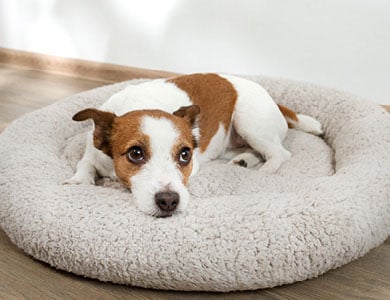
Physical appearance
Since all three breeds are similar with regard to several aspects of their appearance, it is normal that some people confuse them. All three have coats that are naturally coarse, tight and thick, either smooth and short, or rough and a little longer, and all three must have good undercoats.
Colour
In terms of colour, white is predominant (over 50%) with tan, lemon or black markings, as well as all colour combinations, preferably limited to the head and tailhead.
Shape
The average-size skull is flat and gradually narrows to the eyes, with wide muzzle and very powerful jaws. The small, button ears, V-shaped and dropped, are close to the head. The eyes are almond shaped and dark in colour, with an alert and lively expression.
Size
The differences in breeds can best be seen when comparing their size:
- The Parson Russell generally measures 33 to 36 cm (13 to 14.5 in.) at the shoulders, and its body is slightly longer than its height at the withers. It weighs around 6 to 8 kg (13 to 17 lbs).
- The Russell (original European Jack Russell) is slightly longer than it is tall, and generally measures 25 to 30 cm (10 to 12 in.) at the shoulders. Its normal weight ranges from 4 to 7 kg (9 to 15 lbs). It tends to have shorter legs than its two counterparts.
- The “American Jack Russell” can measure 25 to 37.5 cm (10 to 15 in.) at the shoulders, with proportions closer to those of the Parson Russell.
Are they the right breeds for your family?
Here are some criteria to consider in a a responsible adoption process.
Life expectancy and health
All three breeds have a similar average lifespan of 13 to 16 years. Like all breeds, they are prone to specific health problems, including:
- eye problems
- complete or partial deafness
- patellar luxation
- subaortic stenosis
- late-onset and spinocerebellar ataxia
- Von Willebrand disease
Obviously, not all dogs will develop these health problems, but it is important to ensure that the breeder from whom you adopt your puppy is aware of the breed’s various potential health problems so that the sires are properly tested.
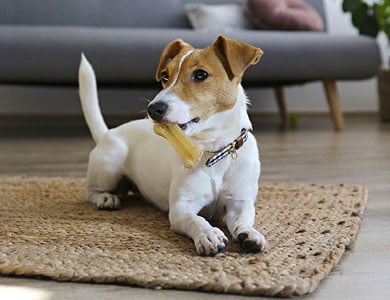
Energy level and temperament
These intelligent, energetic and joyful little dogs get bored easily, so training sessions should be fun and interesting to avoid that they become destructive. Positive training and education methods that focus on positive reinforcement and rewards to achieve the desired behaviour generate the best results with these breeds. They are not suited to sedentary or relatively inactive families. Their high level of energy and strong personalities make them an excellent choice for active families who enjoy the outdoors, hiking, agility courses and long daily walks. If properly socialized, they are lively, affectionate pets that like to play with children. However, they do not appreciate rough handling, and have to be supervised.
Maintenance and grooming
Given the two coat types, regular brushing is necessary. For smooth coats, a grooming glove or rubber brush will do the job. For rough coats, a metal brush or comb is ideal. Rough hair may need to be plucked or groomed more regularly to avoid becoming knotted or matted. A monthly bath should be sufficient (you can use Mondou's self-serve Doggie Wash facilities ). Like all dogs, their nails should be trimmed regularly, at least once a month. Ears should be checked weekly for debris or wax build-up, and cleaned as needed.
For more information, contact a registered breeder at the Canadian Kennel Club, who can answer all your questions. You can also contact the organization for more information on breeders and various breed clubs in Quebec and elsewhere in Canada.

